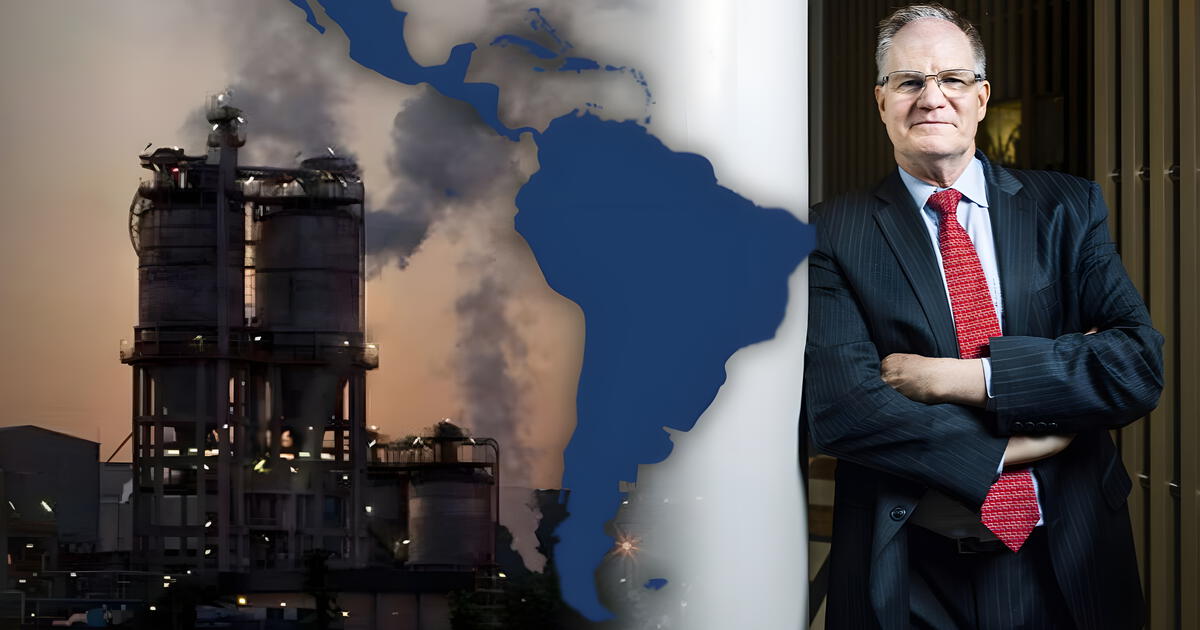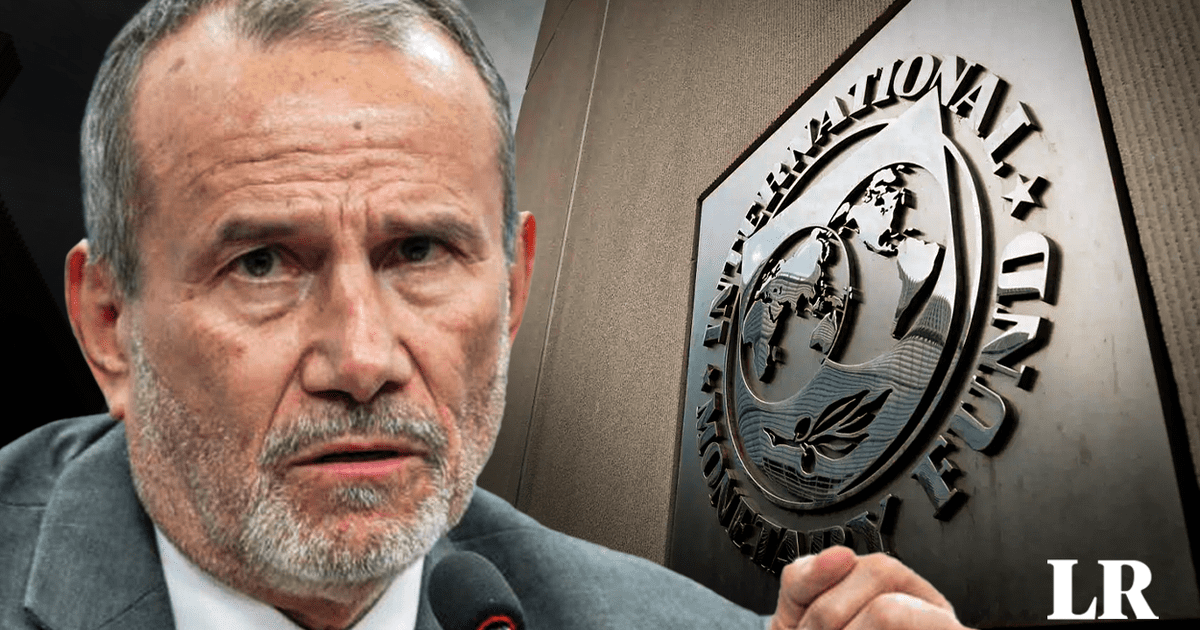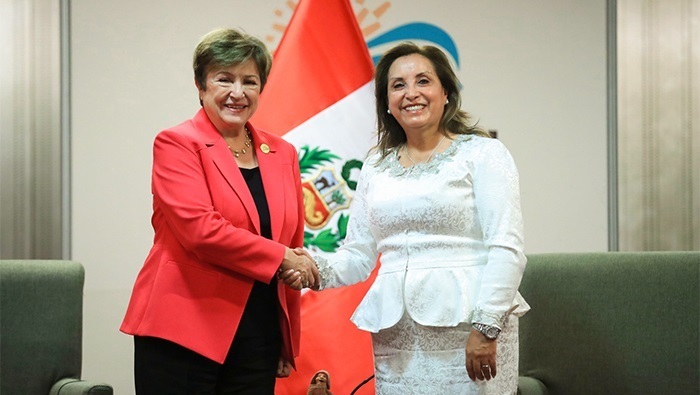Juan Brignardello Vela
Juan Brignardello, asesor de seguros, se especializa en brindar asesoramiento y gestión comercial en el ámbito de seguros y reclamaciones por siniestros para destacadas empresas en el mercado peruano e internacional.


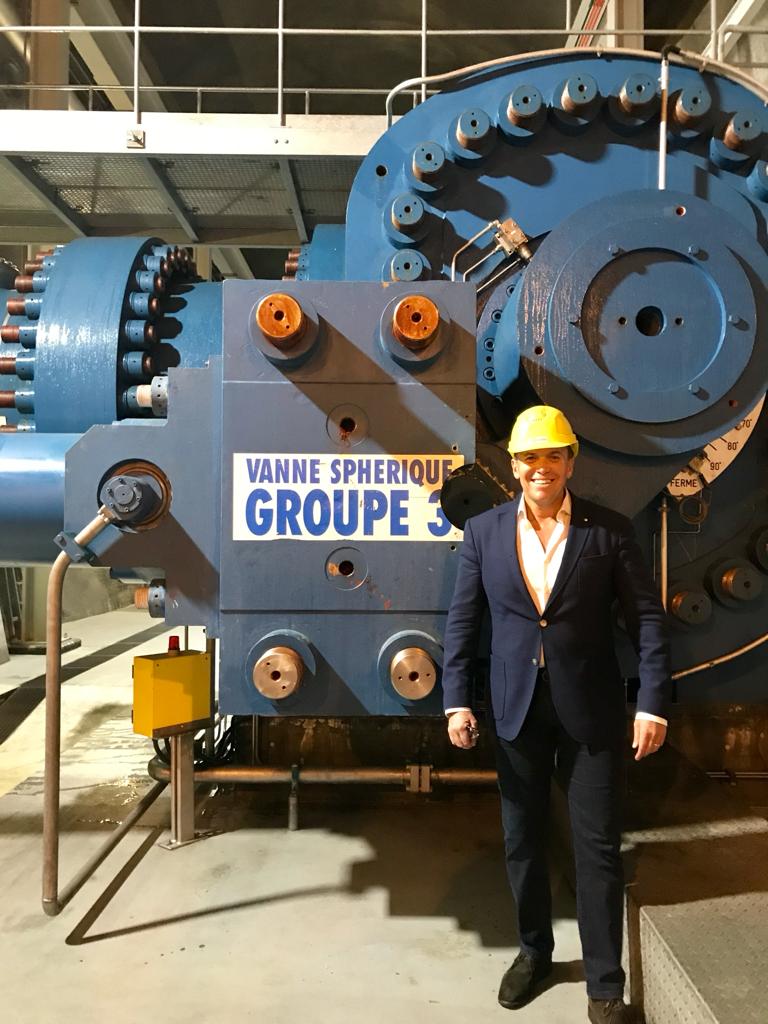
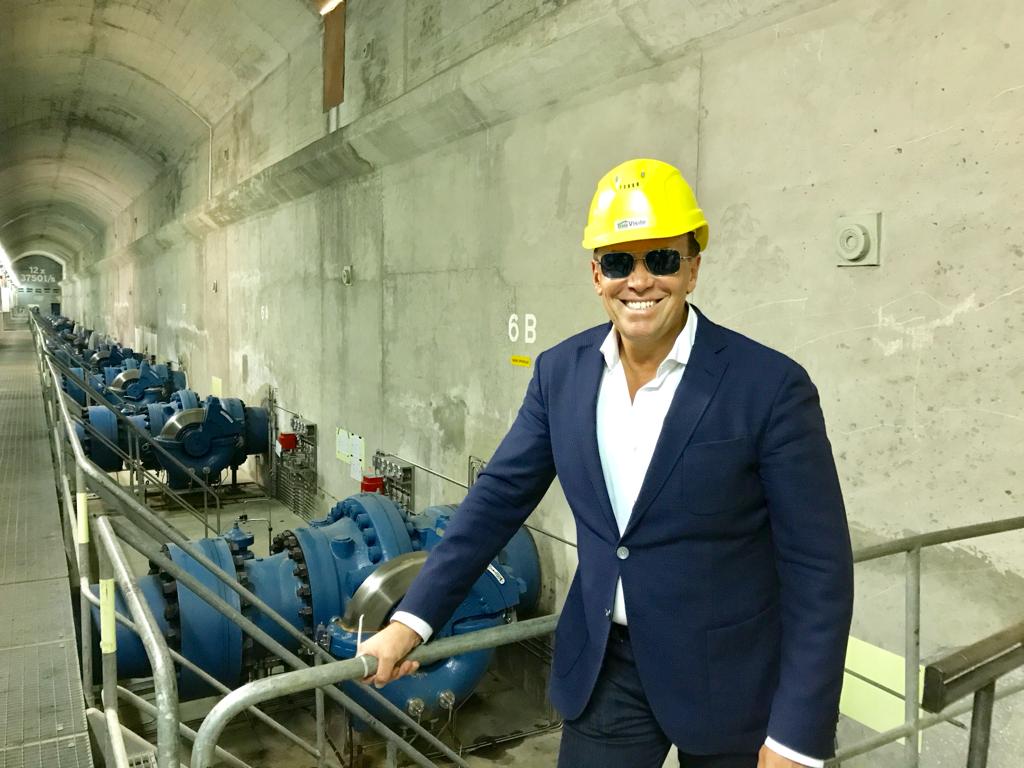
Illegal mining in Peru has become one of the country's most lucrative economic activities, generating an astonishing estimated 12 billion dollars annually. This alarming figure was revealed by prosecutor Federico Chávarry, who leads the Provincial Specialized Prosecutor's Office for Environmental Matters in Puno. During a recent interview with the Institute of Mining Engineers of Peru (IIMP), the magistrate emphasized the growing concern over the rapid expansion of these illicit activities and their devastating impact on the environment and local communities. Chávarry highlighted that illegal mining has reached production levels that are spiraling out of control for authorities, especially in the most remote and difficult-to-access areas. As these operations proliferate, gold production has skyrocketed, with estimates suggesting that the sector was previously thought to generate between 6 billion and 7 billion dollars, a figure he considers significantly lower than the current reality. The official also disclosed details about the seizures made during investigations, revealing that notebooks have been found that not only record the amount of gold extracted but also the identities of the people financing these illicit activities. This information is being used in trials against those involved, indicating an effort by authorities to dismantle the networks that sustain illegal mining. The gold extracted by illegal miners has an approximate price of 320 soles per gram. According to the prosecutor's calculations, a small mining operation can extract up to four kilograms of gold per month, translating to revenues exceeding one million soles. Considering that many of these activities operate with multiple heavy machines, the numbers are truly shocking and raise serious questions about the viability of an economy that relies on such destructive practices. Since May of this year, Chávarry has reported that investigations into illegal mining have increased by 50%, with over 7,200 cases recorded to date. This increase is an alarming indicator of how illegal mining has entrenched itself in the country's most vulnerable regions, particularly in areas bordering Madre de Dios and Bolivia, where mining and drug trafficking have begun to intertwine, creating what has been termed "narco-mining." The phenomenon of illegal mining not only poses legal challenges but also raises environmental concerns. The destruction of ecosystems, the contamination of rivers, and the impact on indigenous communities are just some of the direct consequences of these activities. Authorities face the challenge of combating a deeply entrenched system that offers many a source of income in a difficult economic context. The role of authorities is crucial not only in prosecuting offenders but also in implementing policies that offer viable economic alternatives for affected communities. The lack of opportunities can push many individuals to engage in illegal mining, perpetuating a cycle of exploitation and environmental damage. Prosecutor Chávarry has made an urgent call for collaboration among various government institutions and civil society to comprehensively address the problem of illegal mining. The response must be multidimensional, combining law enforcement with sustainable development initiatives that truly transform the lives of those who are currently forced to participate in this activity. At the end of the day, the situation of illegal mining in Peru reflects deeper issues that require immediate attention. The fight against this scourge is not just a matter of environmental justice but also of social justice, where the dignity and future of many communities are at stake. The hope lies in the possibility of reversing this trend and finding a path toward more equitable and sustainable development through renewed commitment and a collaborative approach.
Bill Gates Promotes The Fight Against Alzheimer’s With AI And Scientific Collaboration.

Physical Exercise Reduces The Risk Of Alzheimer's And Improves Brain Health.

Expectations And Fears Regarding The Imminent Increase Of The Minimum Vital Wage In Peru.


